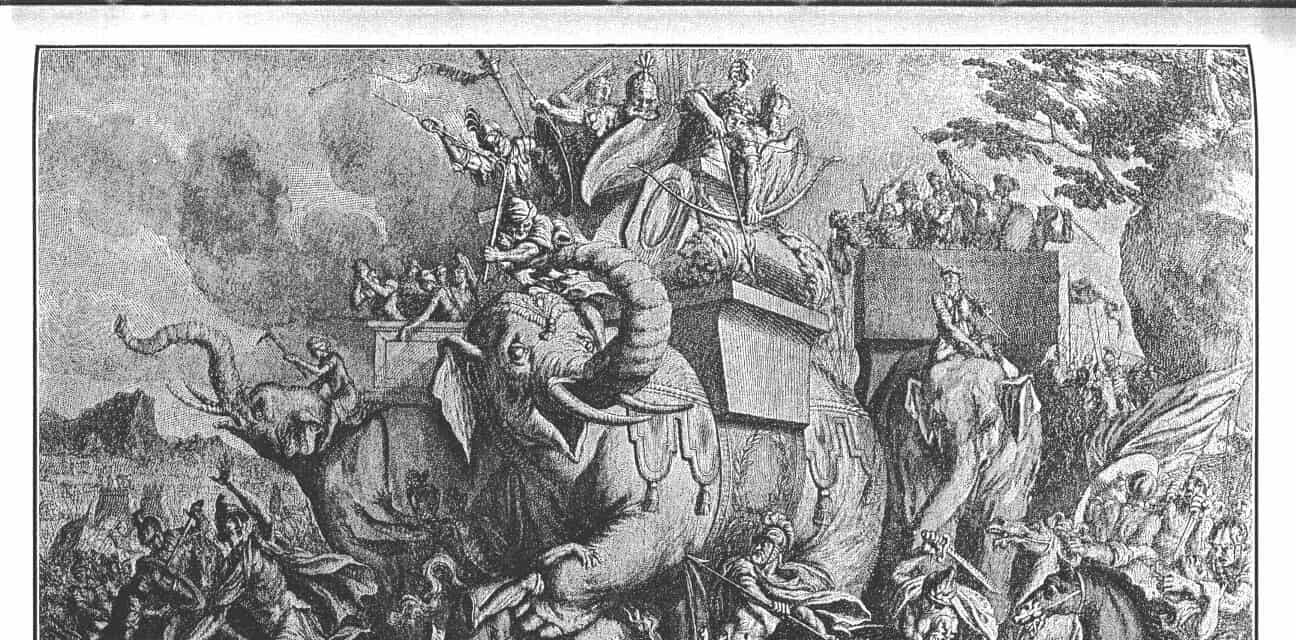“Amusing” and death usually don’t belong in the same sentence, what with the latter typically being so tragic. However, tragic or not, some demises are morbidly amusing. Take the kabuki actor who consumed an ungodly amount of the most poisonous parts of one of the world’s deadliest fishes, attempting to prove his resistance to poison. He was not. Or consider the Crusader zealot who demanded a trial by fire to authenticate his religious visions. He perished from grievous burns. Below are twenty-five instances of historic figures who endeavored to demonstrate something, only to meet their demise in macabre and dramatic ways.

A Kabuki Performer’s Demise
From the 1930s until his death in 1975, Bando Mitsugoro VIII was Japan’s most prominent and revered kabuki actor. He specialized in the aragoto style, which emphasizes exaggerated dynamic forms of movement and speech. He was the eighth in a family line of Mitsugoro kabuki performers, and his son and grandson took the name to become Bando Mitsugoro IX and X, respectively. So great was Bando Mitsugoro VIII, that the Japanese government officially designated him a “Living National Treasure” in 1973. Then his life, full of accomplishments, came to a funny – or not so funny, depending on how you look at it – end when he tried to prove that he possessed a superhuman liver.

On January 16th, 1975, Mitsugoro and friends went to a Kyoto restaurant, where he ordered puffer fish. Puffer fish is lethally poisonous, and must be carefully prepared by a highly qualified chef to remove the toxic parts without contaminating the meat. Mitsugoro ordered four portions of puffer fish liver – the most poisonous part of the fish. So poisonous, that its sale is prohibited by law. Nonetheless, the restaurant owner felt that he could not refuse the famous actor. Mitsugoro, who enjoyed the pleasant tingling puffer fish gave his lips and tongue, wanted to demonstrate to his friends that he could survive four times the poison that would kill a normal person. He could not. The tingling spread from his mouth to the rest of his body, was followed by paralysis of his limbs, difficulty breathing, and finally, death seven hours later.

